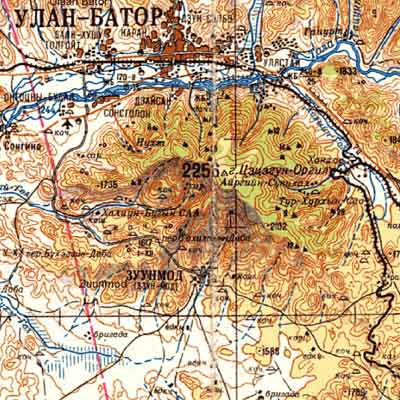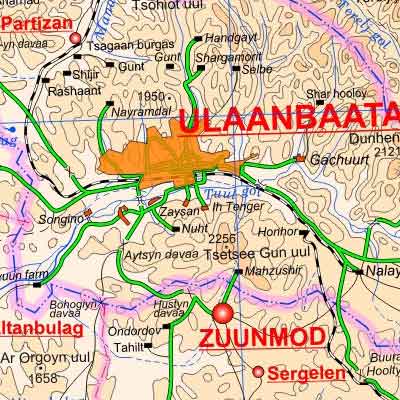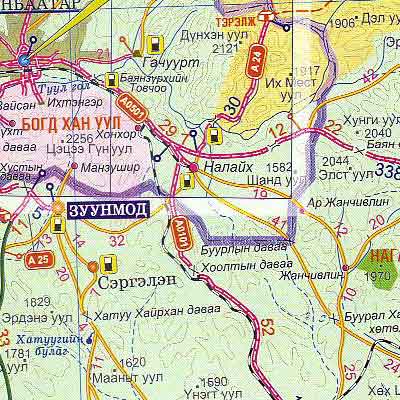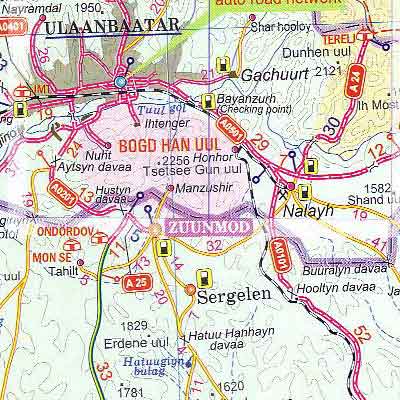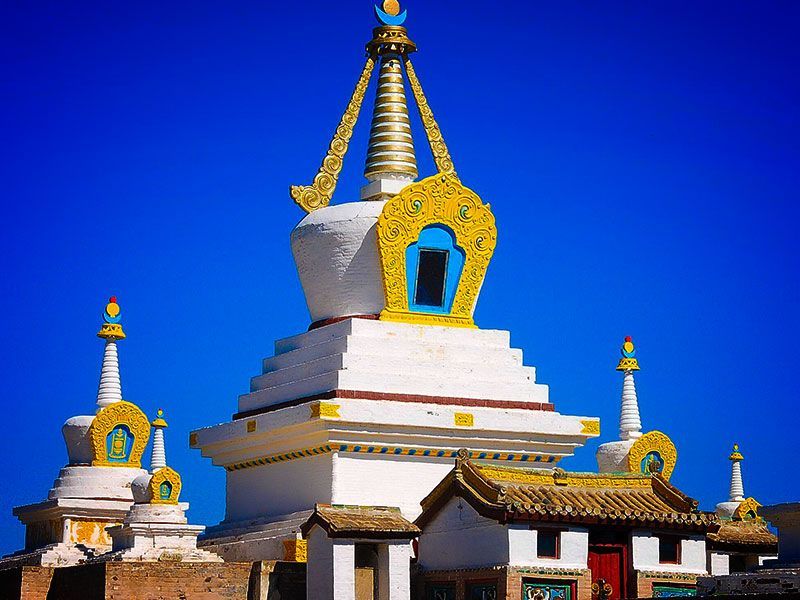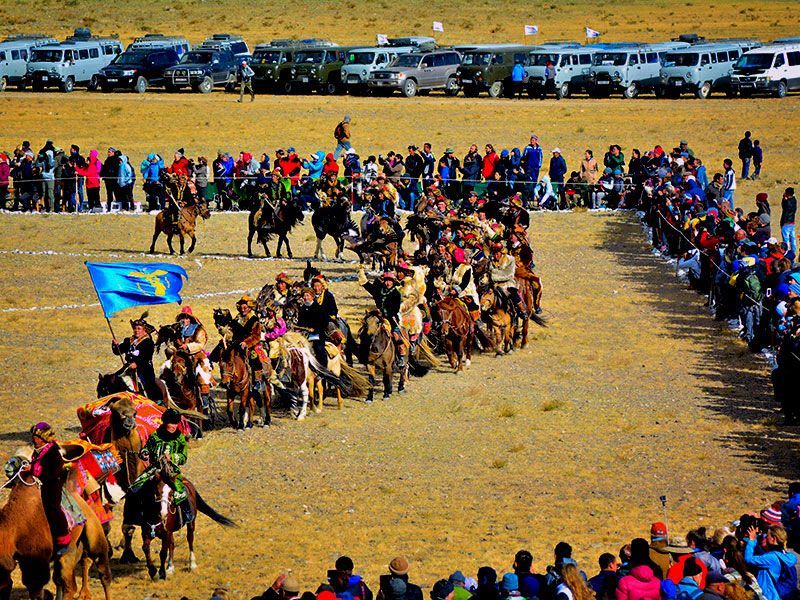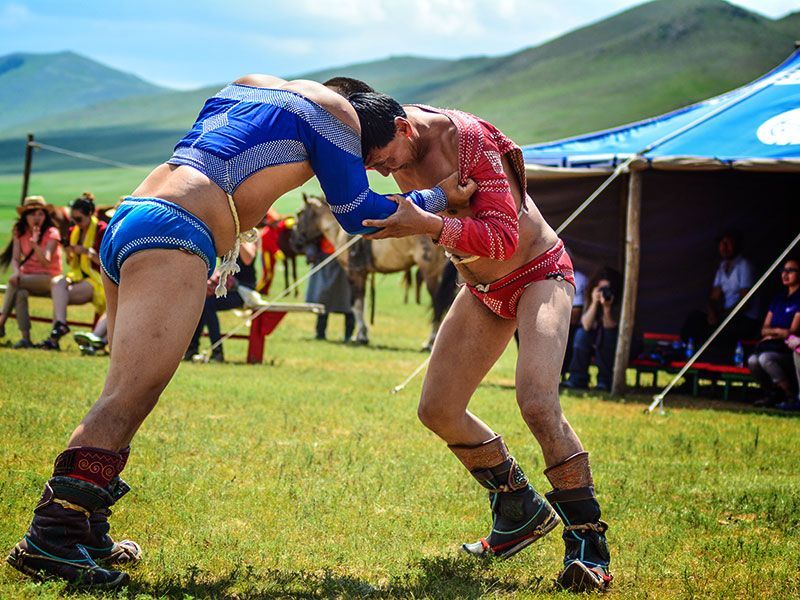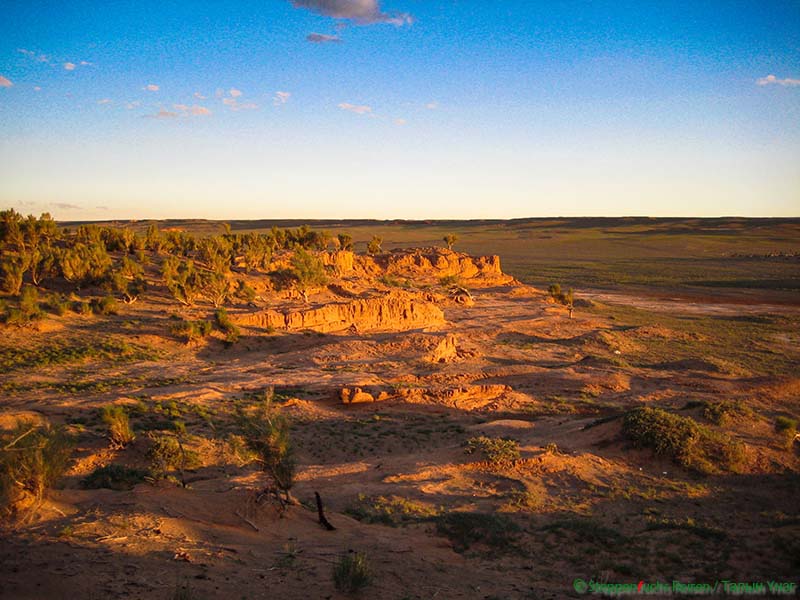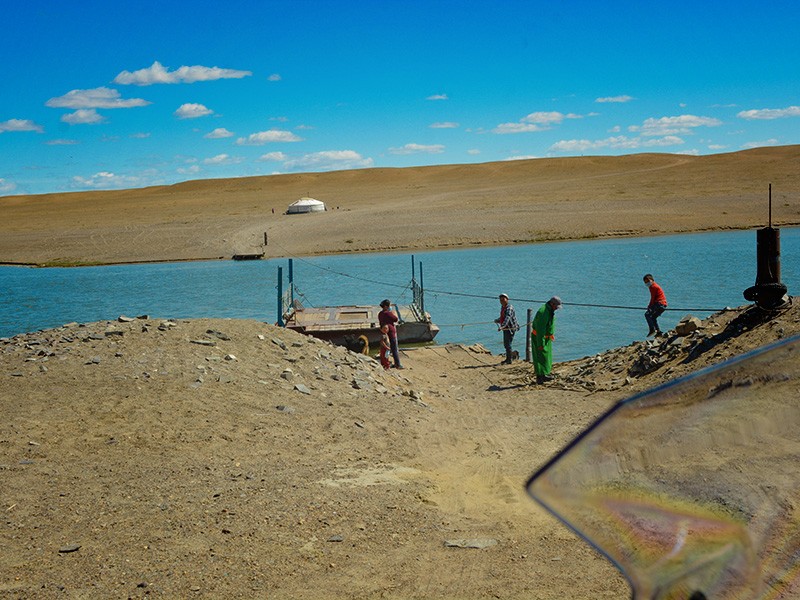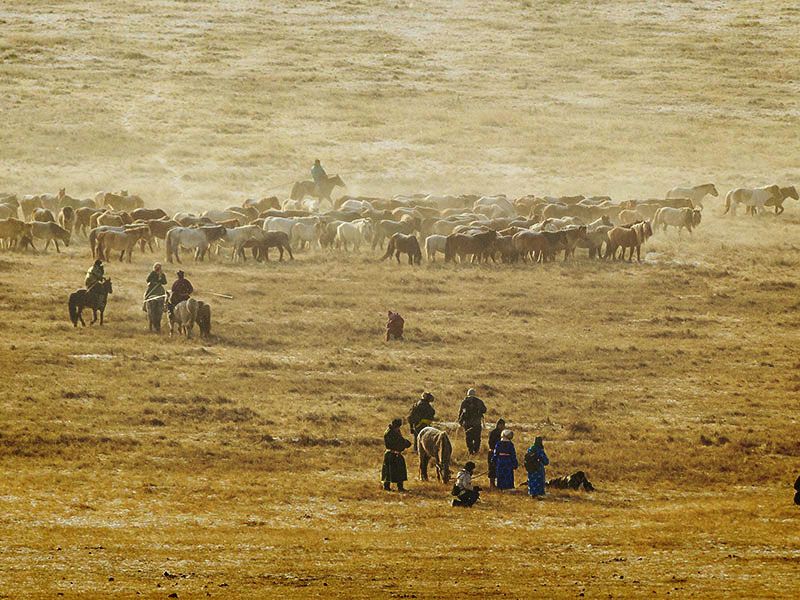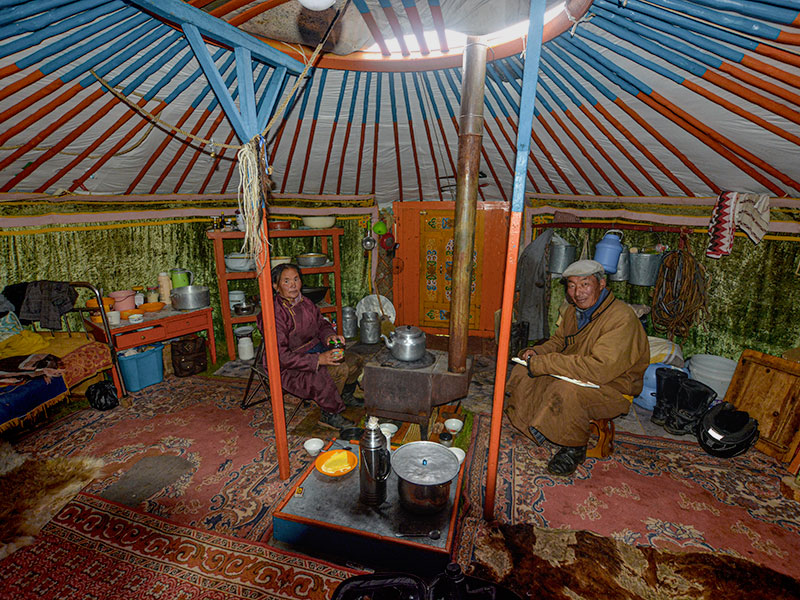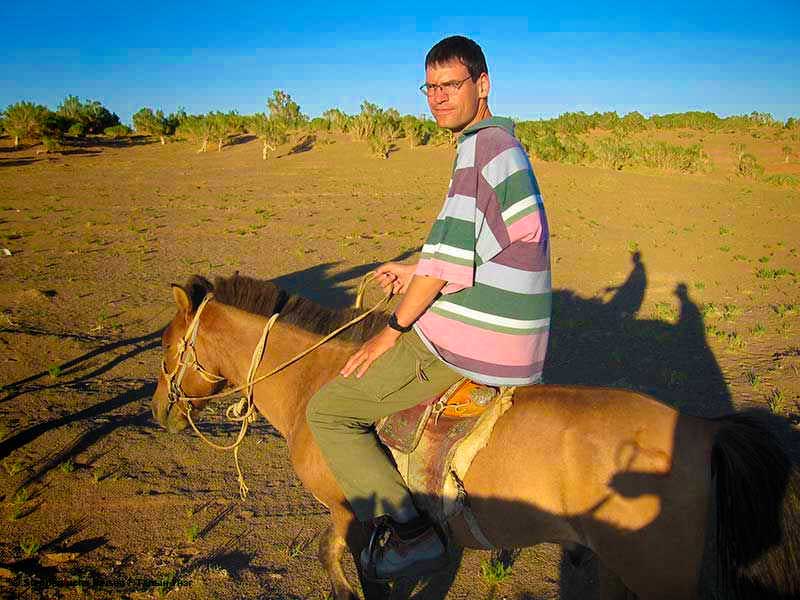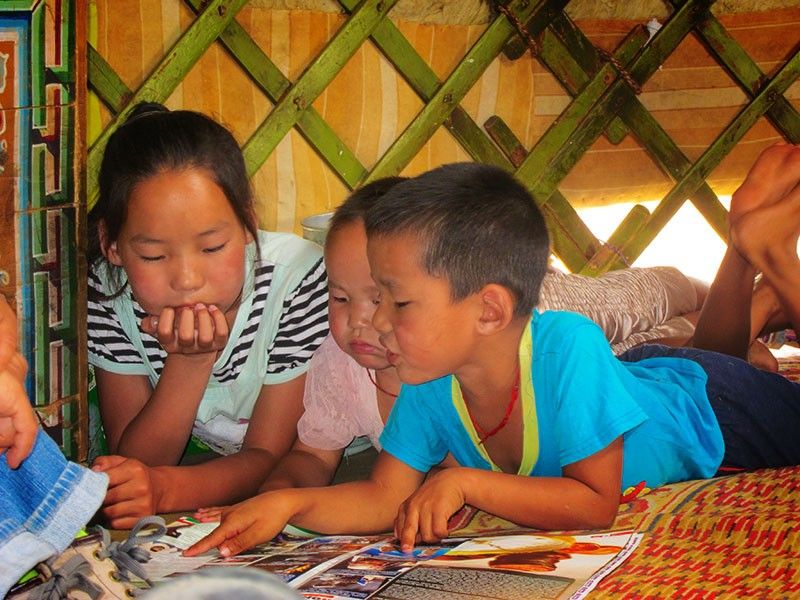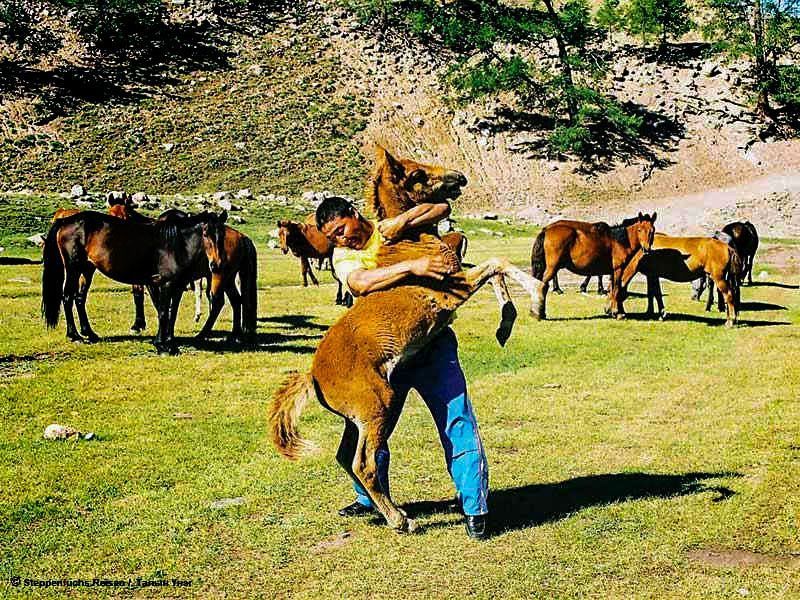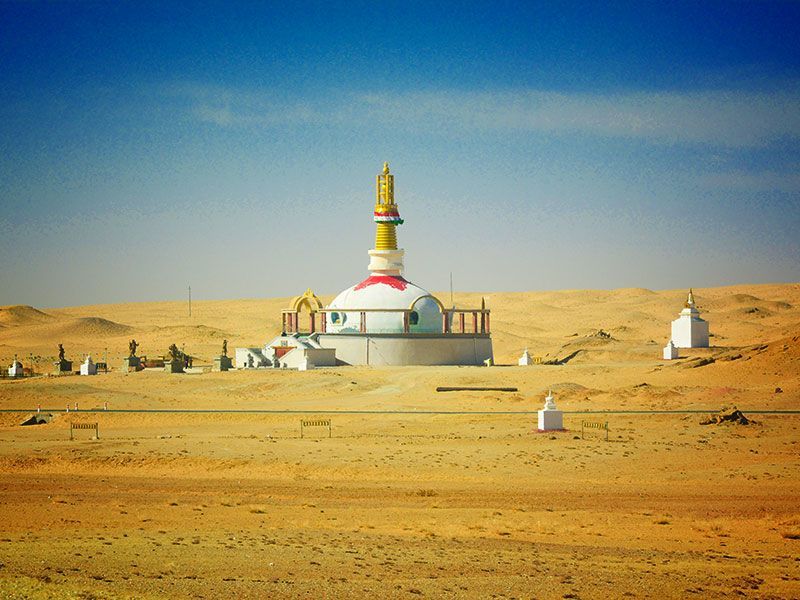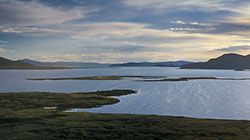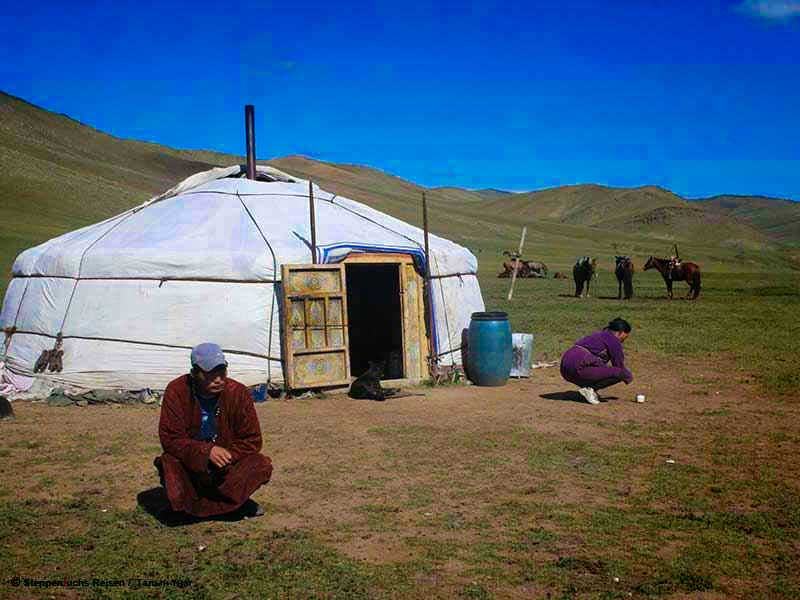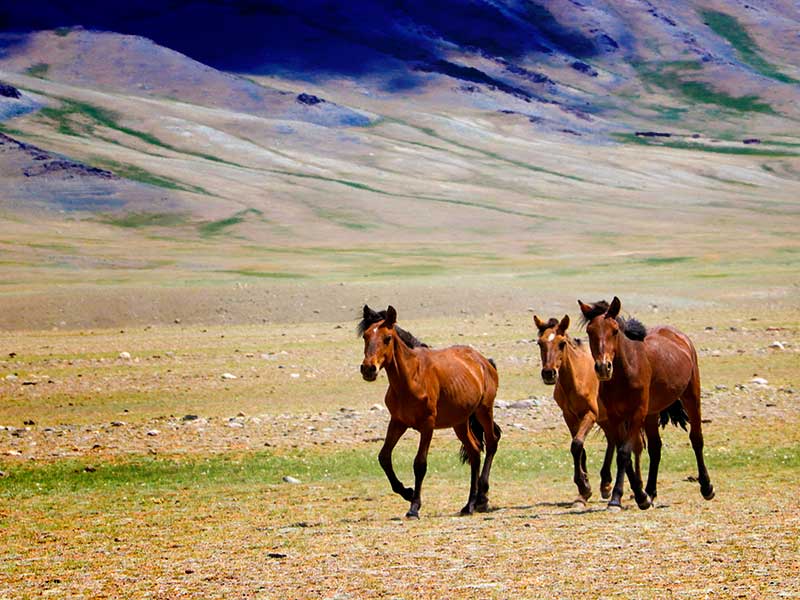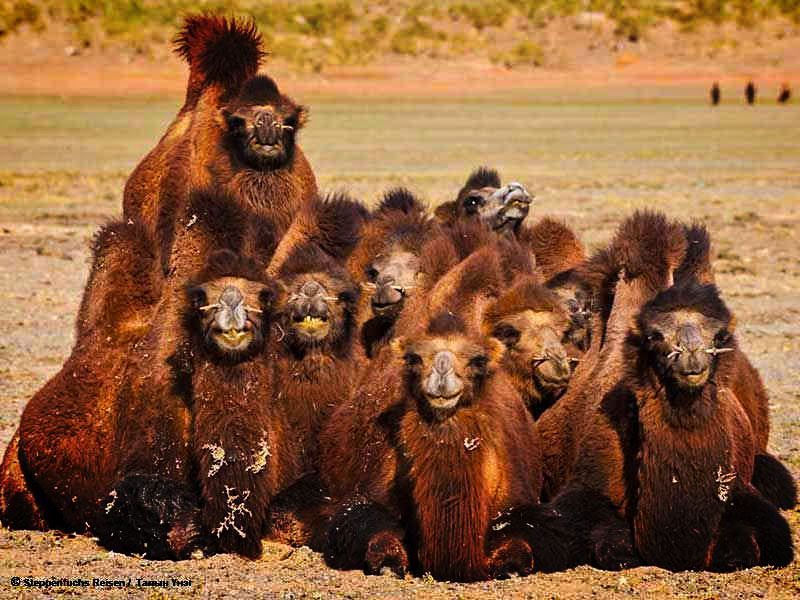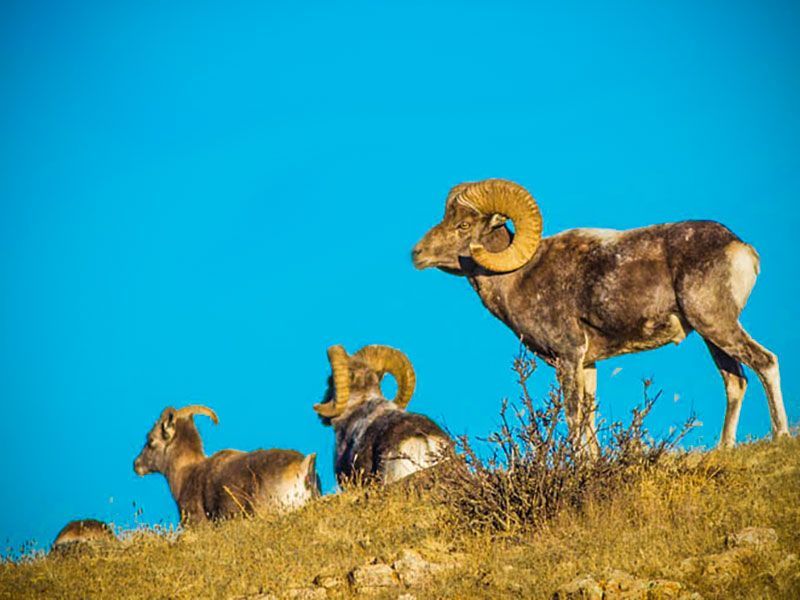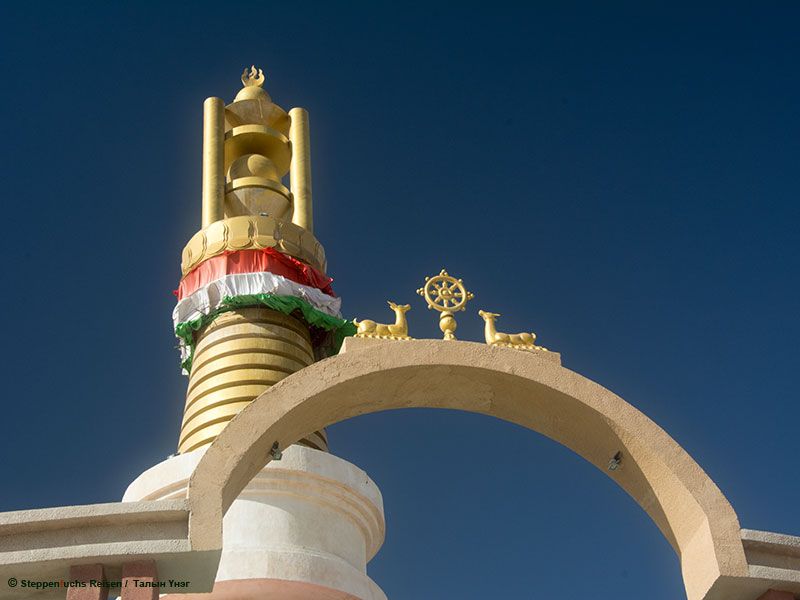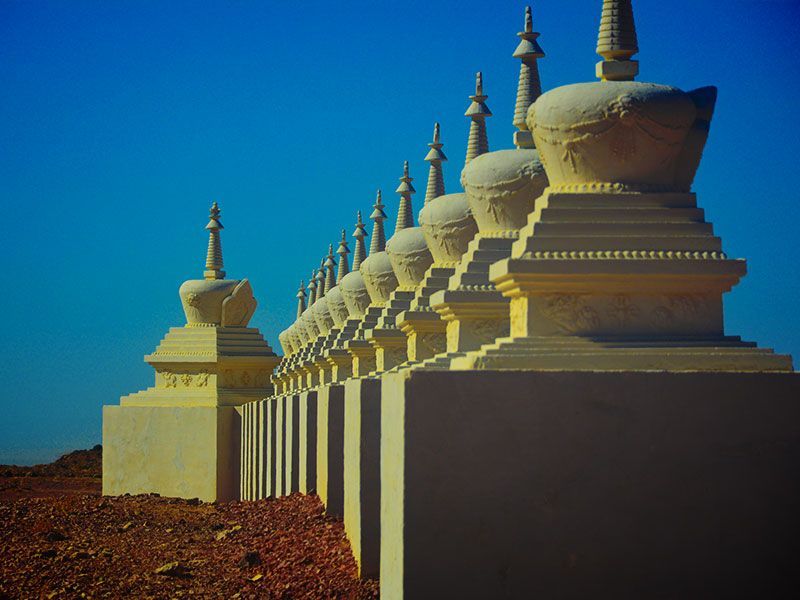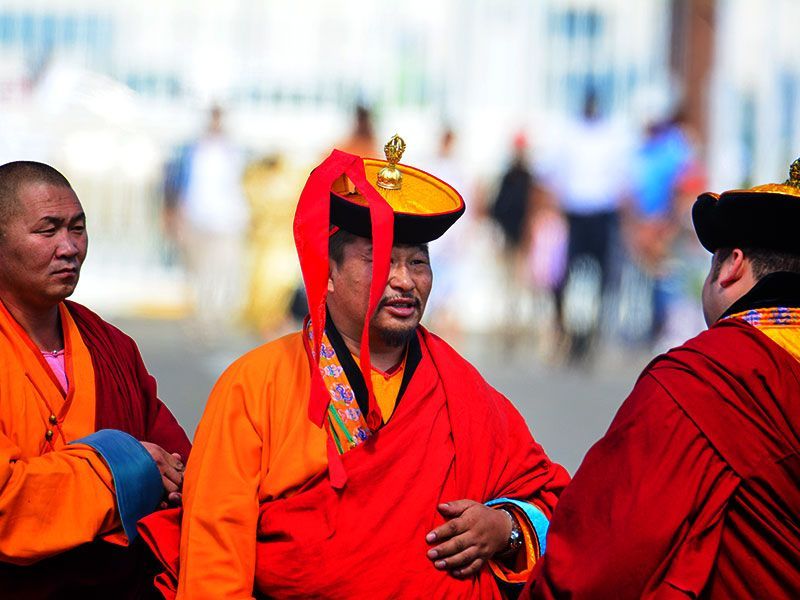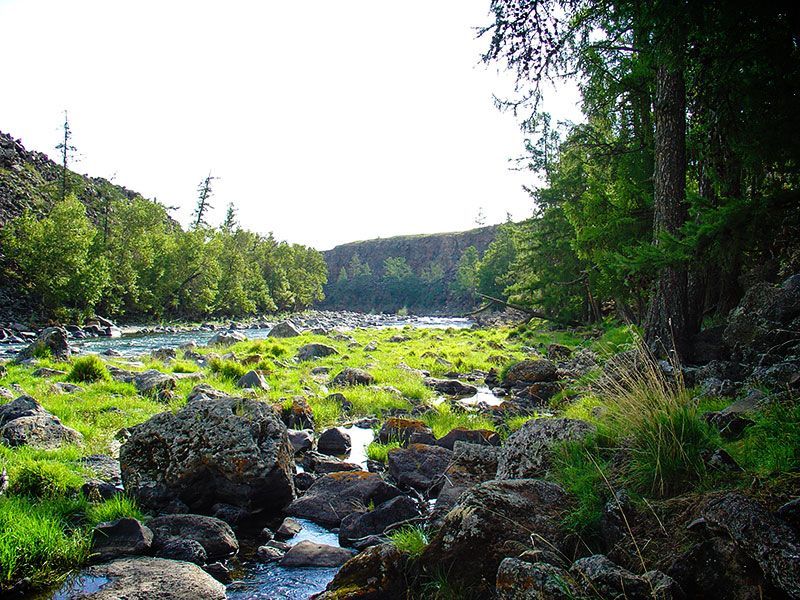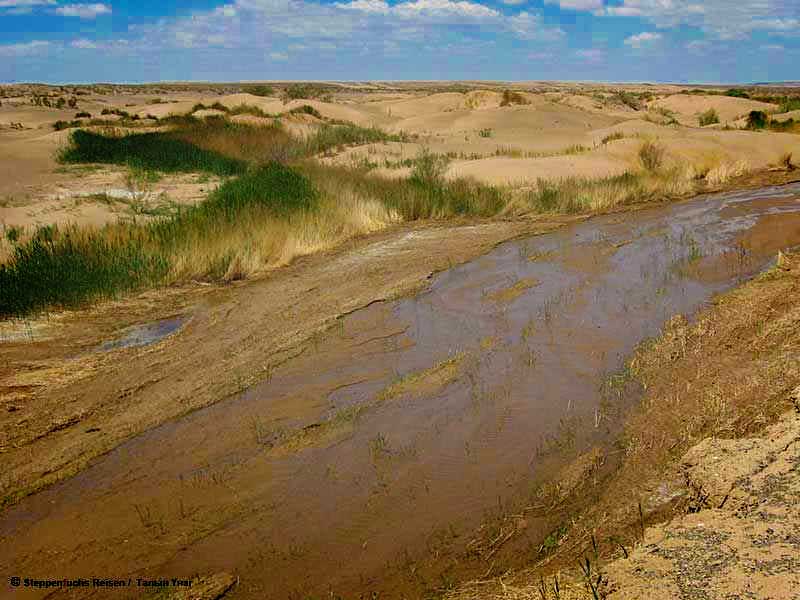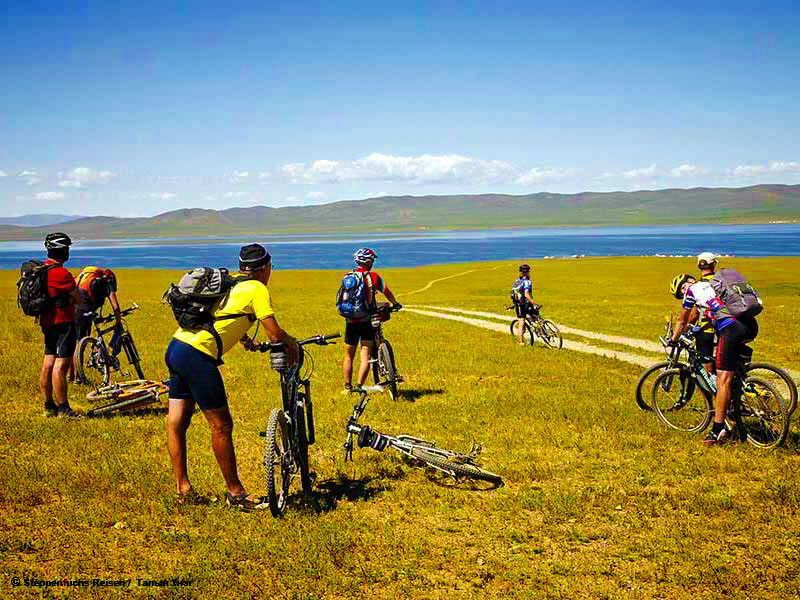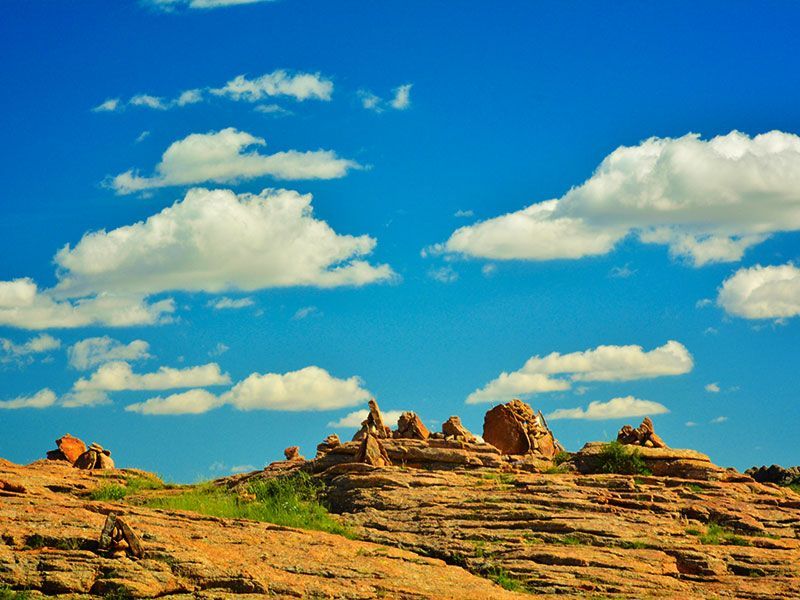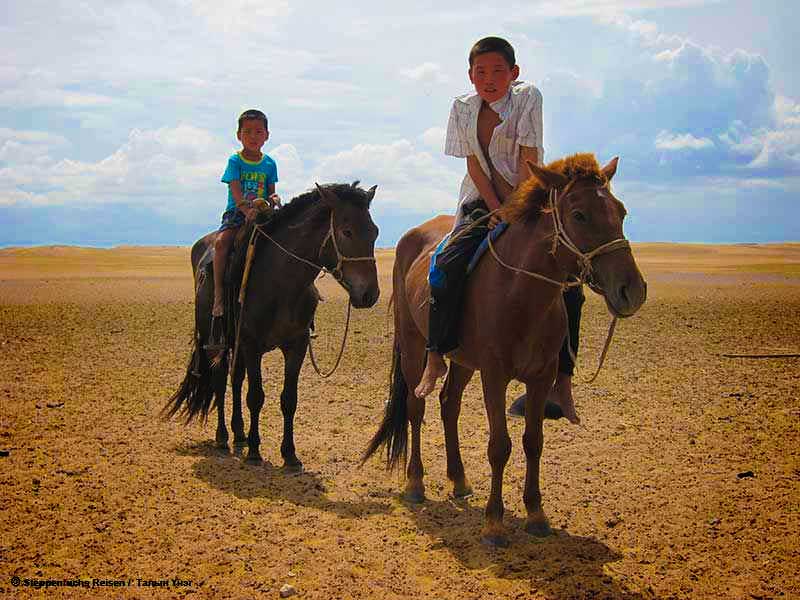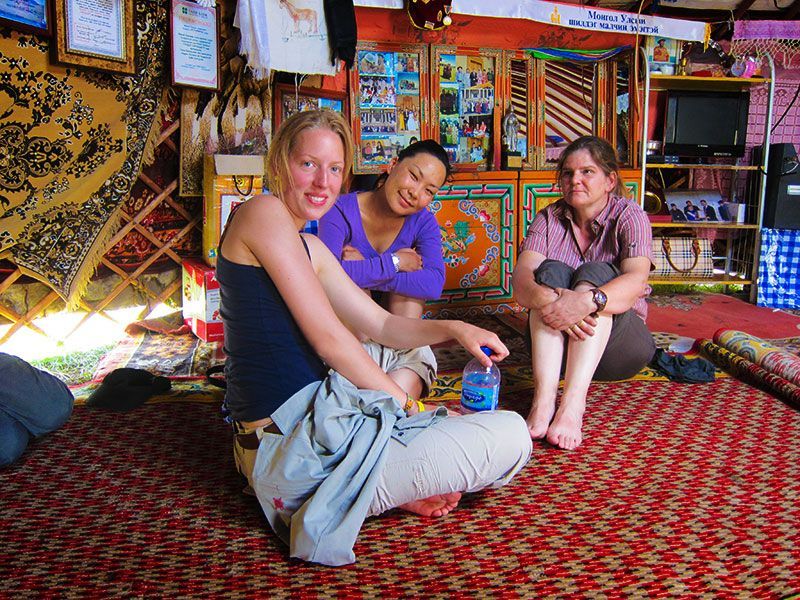Grundsätze
Aus alter Leidenschaft, weil ich selber so in der Mongolei angekommen bin, der Service für den Autofahrer. Früher war der Grenzübertritt nicht an allen Grenzen Möglich und ein absolutes Abenteuer. Heute sind schon viel mehr Grenzen für den internationalen Straßenverkehr geöffnet, das Abenteuer bei der Abfertigung ist geblieben und nicht jedermanns Geschmack. Deshalb unser Angebot, das wir die notwendige Bürokratie vorab erledigen. Auch tapt der Reisende, der mit seinem Fahrzeug unterwegs ist, sehr gerne und schnell in die „Genehmigungsfalle“, weil er gerne mit seinem Fahrzeug in die unwirklichsten Regionen vordringen will, hier vor allem im Altai-Gebirge, oder in den entlegenen Gebieten der Wüste Gobi. In vielen dieser Regionen benötigt man eine Genehmigung zum Befahren, da diese Gebiete oft sehr Grenznah sind. Die Beantragung ist nicht nur Zeitintensiv, sondern auch nervig, weil die Mitarbeiter auf den Behörden meist nur fließend mongolisch sprechen und diese Behörden befinden sich nur in Ulaanbaatar. Das gilt auch für die Genehmigungen zum Befahren der vielen Naturschutzgebiete in der Mongolei.
Unser Service
Die Visasituation in der Mongolei ist leider nicht einheitlich. Es gibt im Wesentlichen drei Arten von Visa, die für den Touristen interessant sind.
Touristenvisum bis 30 Tage Aufenthalt im Land
Touristenvisum > 30 bis max 90 Tage Aufenthalt im Land
Visum für den grenznahen Bereich
Darüber hinaus gibt es noch Geschäfts- Studienvisa und Visa aus religiösen Gründen, die sind hier aber nicht relevant. Genau Informationen finden Sie hier: Mongolian Immigration http://en.immigration.gov.mn/
Zu 1.
Im Zuge der Kampagne „Visit Mongolia“ können alle Bürger der EU und einige weitere Staaten visafrei (bis max 30 Tage) in die Mongolei einreisen. Diese Regelung gilt vorerst bis Sommer 2025. Eine Liste der Visafreien Länder finden Sie hier: https://consul-mn.translate.goog/visa/c/18?_x_tr_sl=auto&_x_tr_tl=de&_x_tr_hl=de&_x_tr_pto=wapp . Das Touristenvisum bis max 30 Tage kann ab dem 1.juli 2021 als E-Visa beantragt werden. Wenn Sie aus einem Visapflichtigem Land in die Mongolei einreisen, können Sie ab dem 1.Juli 2021 das Visum auf dem elektronischen Weg (e-visa) beantragen https://www.evisa.mn/en .
Sollten Sie weiterhin den traditionellen Weg gehen wollen und Ihr Visa an der Konsular Abteilung einer der Mongolischen Botschaften beantragen, dann bitte beachten Sie, dass Sie ab dem 1.Juli 2021 das nicht mehr direkt an der Botschaft machen können, sondern Sie müssen sich an einen im Land registrierten Visa Agentur wenden. Die genauen Informationen über diese Visa Agentur entnehmen Sie bitte der Website der jeweiligen Botschaft. Liste der mongolischen Vertretungen: https://mfa-gov-mn.translate.goog/mongolian-foreign-policy/%D0%B4%D0%B8%D0%BF%D0%BB%D0%BE%D0%BC%D0%B0%D1%82-%D1%85%D0%B0%D1%80%D0%B8%D0%BB%D1%86%D0%B0%D0%B0/overseas-missions?_x_tr_sl=auto&_x_tr_tl=de&_x_tr_hl=de&_x_tr_pto=wapp . Dieser Fall betrifft bei deutschen Staatsbürgern nur für das Touristenvisum > 30 Tage und bei dem Geschäfts- Arbeitsvisum zu.
Zu 2.
Für das Touristen- Arbeits- Geschäftsvisum Visum mit mehr als 30 Tage Aufenthalt im Land muss das Visum Vorab beantragt werden. Neben dem Reisepass, benötigen Sie in dem Fall eine amtliche Einladung aus der Mongolei. Die amtliche Einladung können Sie über einen Reiseveranstalter beantragen, oder ihr Geschäftspartner, bzw. Arbeitgeber organisiert diese Einladung. Neu ist, dass diese Einladung ab dem 1.7.2021 auf dem elektronischen Weg beantrag werden kann. Bisher mussten alle Personen, die länger als 30 Tage im Land waren, sich innerhalb der ersten sieben Tage bei der mongolischen Immigration Registrieren. Das ist dahingehend abgeändert worden, das es jetzt innerhalb der ersten zwei Tage auf dem elektronischen Weg erfolgen muss. Das Vorstellen bei der mongolischen Immigration ist nicht mehr notwendig.
Zu 3.
Es besteht ab dem 1.Juli 2021 die Möglichkeit, dass jede Person Visafrei in die Grenznahen Regionen der Mongolei ohne Visum einreisen kann. Genauere Informationen liegen hier aber noch nicht vor. Für mich macht diese Regelung auch keinen Sinn, da die Mongolei nur zwei Nachbarstaaten hat und beide Nationen können eh Visafrei in das Land einreisen. Also warten Wir hier mal ab, was sich der mongolische Gesetzgeber dabei gedacht hat.
Eine Verlängerung des Touristenvisum um weitere 30 Tage ist im Land ist nur einmal möglich (außer in begründeten Notfällen). Somit besteht die Möglichkeit ohne Einladung und Visa max. 60 Tage im Land zu bleiben. Eine erneute Einreise in die Mongolei ist dann erst wieder nach 90 Tagen möglich. Wenn Sie länger als 30 Tage im Land bleiben wollen, müssen Sie ein Visum vorab beantragen.
Die jeweiligen Gebühren entnehmen Sie bitte der Website Ihrer mongolischen Vertretung
Links:
Mongolische Immigration: https://www.immigration.gov.mn/en/
Visafreie Einreise Mongolei: https://consul-mn.translate.goog/visa/c/18?_x_tr_sl=auto&_x_tr_tl=de&_x_tr_hl=de&_x_tr_pto=wapp
Mongolische Vertretungen im Ausland: https://mfa-gov-mn.translate.goog/mongolian-foreign-policy/%D0%B4%D0%B8%D0%BF%D0%BB%D0%BE%D0%BC%D0%B0%D1%82-%D1%85%D0%B0%D1%80%D0%B8%D0%BB%D1%86%D0%B0%D0%B0/overseas-missions?_x_tr_sl=auto&_x_tr_tl=de&_x_tr_hl=de&_x_tr_pto=op,wapp
E-Visa: https://www.evisa.mn/en
Hilfe zur E-visa Beantragung
Ein Visum länger als 30 Tage für die Mongolei können Sie nur mit einem offiziellen Einladungsschreiben bei einer der mongolischen Botschaften auf dieser Erde beantragen. Unter bestimmten Voraussetzungen kann Steppenfuchs Reisen für Sie dieses Einladungsschreiben erstellen. Die dafür benötigten Informationen tragen Sie bitte in dem Antragsformular weiter unten ein. Für die Erstellung der Einladung benötigen wir ca. 1 – 2 Wochen, da es von mehreren Behörden in der Mongolei bestätig werden muss. Sie erhalten dann von uns auch kein physikalisches Schreiben, sondern nur eine Referenz Nummer, da alles auf dem digitalem weg erfolgt. Diese Referenz Nummer geben Sie dann bitte auch bei der Visabeantragung an. Bitte lesen Sie auch aufmerksam unsere „Verpflichtungserklärung“ und senden Sie diese bitte unterschrieben an uns zurück. Diese Erklärung ist die Grundlage für uns, damit wir bei evtl. Problemen unterwegs entlastet sind, Da wenn wir für Sie das Einladungsschreiben erstellen, auch gegenüber dem Mongolischem Staat für ihre Handlungen im Land haftbar sind.
Kosten pro Person für die Erstellung der Einladung:
- bis 30 Tage im Land 45 € / Pers (für alle Visapflichtigen Nationen)
- bis 60 Tage im Land 60 € / Pers
- bis 90 Tage im Land 90 € / Pers
Antrag für ein Einladungsschreiben (Bitte pro Person einen Antrag ausfüllen)
| Used Vehicle Import Laws | |||||||||||||||||||||||||||||||||||||||||||||
| Customs Declaration Fees | |||||||||||||||||||||||||||||||||||||||||||||
| US$ 5 for basic declaration; | |||||||||||||||||||||||||||||||||||||||||||||
| US$ 8 for basic intensive and simplified customs declaration; | |||||||||||||||||||||||||||||||||||||||||||||
| US$ 5 for every additional declaration. | |||||||||||||||||||||||||||||||||||||||||||||
| Payments for the charged services are to be made in MNT at the US Dollar rate of the day. | |||||||||||||||||||||||||||||||||||||||||||||
| Other Costs: | |||||||||||||||||||||||||||||||||||||||||||||
| Annual Vehicle Tax | |||||||||||||||||||||||||||||||||||||||||||||
| 2,000MNT to 100,000MNT depending on engine size and capacity. | |||||||||||||||||||||||||||||||||||||||||||||
| Annually, must be returned by Feb 15th of next year. | |||||||||||||||||||||||||||||||||||||||||||||
| Required Documents for privat import: | |||||||||||||||||||||||||||||||||||||||||||||
| Payment Receipt | |||||||||||||||||||||||||||||||||||||||||||||
| Receipts of payment for related duties and taxes | |||||||||||||||||||||||||||||||||||||||||||||
| Transportation Invoice (railway bill, road shipment bill, airfreight bill, and/or combined transportation bill) | |||||||||||||||||||||||||||||||||||||||||||||
| Tariff Schedule for Imported Automobiles Goods | |||||||||||||||||||||||||||||||||||||||||||||
| All merchandise imported is subject to a value-added tax (VAT) of 10%, and a 5% import duty. Import duty does not apply to equipment and tools imported to Mongolia for hospitals. | |||||||||||||||||||||||||||||||||||||||||||||
| Vehicles are subject to an additional excise tax (in addition to import duty and VAT): | |||||||||||||||||||||||||||||||||||||||||||||
|
|||||||||||||||||||||||||||||||||||||||||||||
| Trucks, Bus ( over 9 seats), Motorcycles and Ambulance cars dont pay Excise Tax | |||||||||||||||||||||||||||||||||||||||||||||
| Sample calculation: | |||||||||||||||||||||||||||||||||||||||||||||
| Engine 1999 ccm | |||||||||||||||||||||||||||||||||||||||||||||
| Car Value 10.000 $ | |||||||||||||||||||||||||||||||||||||||||||||
| Car age 5 Year: | |||||||||||||||||||||||||||||||||||||||||||||
|
|||||||||||||||||||||||||||||||||||||||||||||
|
|
|||||||||||||||||||||||||||||||||||||||||||||
Die Mongolei ist nicht nur reich an Geschichte und Kultur, sondern auch reich an vielen Genehmigungen, an die der Ausländer nicht sofort denkt. Für den Touristen ist wahrscheinlich die Genehmigung von Bedeutung, mit der man sich der Staatsgrenze nähern darf. Viele Pisten, gerade im Altai Gebirge führen sehr dicht an die Staatsgrenzen und zum Befahren benötigt man eine Genehmigung, die man nur in Ulaanbaatar bekommt. Ist man Vorort, ist diese nicht mehr zu erhalten, bzw. man kann sie nur durch bezahlen einer inoffiziellen administrativen Gebühr bekommen., was der Tourist dann als „abzocke“ interpretiert. Steppenfuchs Reisen kann für Sie dieses Problem vorab lösen, indem wir ihnen die Genehmigung besorgen sofern sie durch ihre Streckenführung notwendig wird. Bitte senden Sie uns eine [ email ] mit ihrer Anfrage.
In den letzten Jahren wurden in der Mongolei eine Vielzahl an „Protected Areas“ zum Schutze der Natur eingerichtet. Zu diesen „Protected Areas“ gehören auch die vielen schon bestehenden Nationalparks in der Mongolei. Die einzelnen Gebiete weisen einen unterschiedlichen Schutzstatus aus. Von „strictly forbidden Area“ bi hin zu gebieten, die in einem gewissen Rahmen genutzt werden würfen. Je nach Schutzklasse hat der Besucher bestimmte Regeln zu beachten. Für einige Nationalparks müssen vorab die Genehmigungen beschafft werden, wenn Sie sich in diesen Parks aufhalten wollen. Für den Tourismus sind im Wesentlichen folgende Gebiete relevant:
|
||||||||||||||||||||||||||||||||||||||||||||||||||||||||||||||||||||||||||||||||||||||||||||||||||||||||||||||||||||||||
Ⓒ Wikipedia |
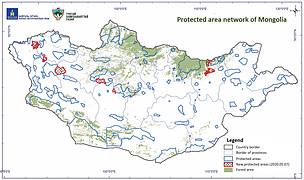
|
||||||||||||||||||||||||||||||||
Es gibt eine Vielzahl von Grenzübergängen zwischen der Mongolei, China und Russland. Genauso viele Geschichten gibt es auch von Leuten, die über irgendwelche undefinierten Grenzen mit Ihren Fahrzeugen, oder zu Fuss in die Mongolei gekommen sind. Sicher im Einzelfall mag das möglich sein, aber zumindest müssen Sie dann viel Zeit und noch mehr Geduld mitbringen. Auch haben sich die Zeiten geändert. Moderne, Satellitengestützte Kommunikation sind jetzt an den Grenzen üblich und man kann den Beamten nur noch schwer mit irgendwelchen Geschichten kommen. Somit sollten Sie gleich bei ihrer Planung die offiziellen Grenzübergänge in Erwägung ziehen. Das ist schneller, einfacher und in den meisten Fällen auch genauso abenteuerlich, wie irgendwelche kleinen Grenzübergänge.

